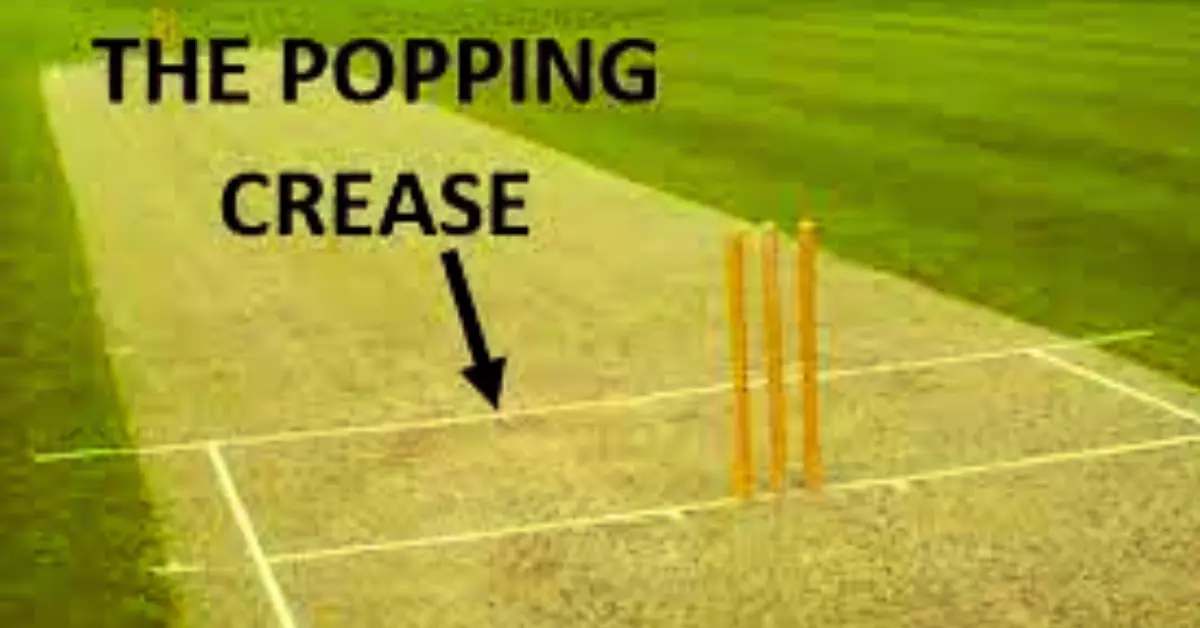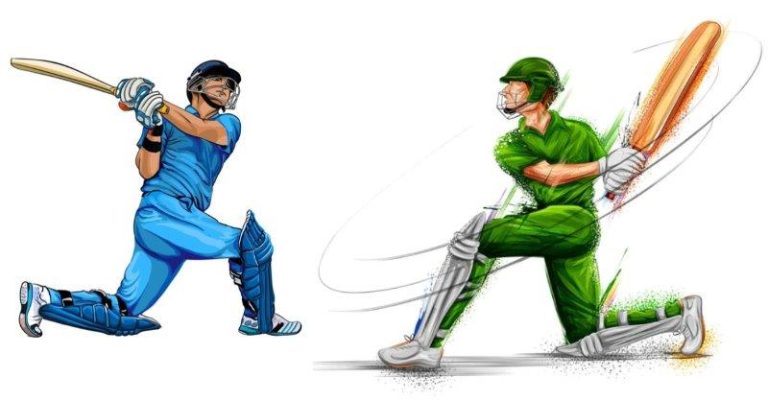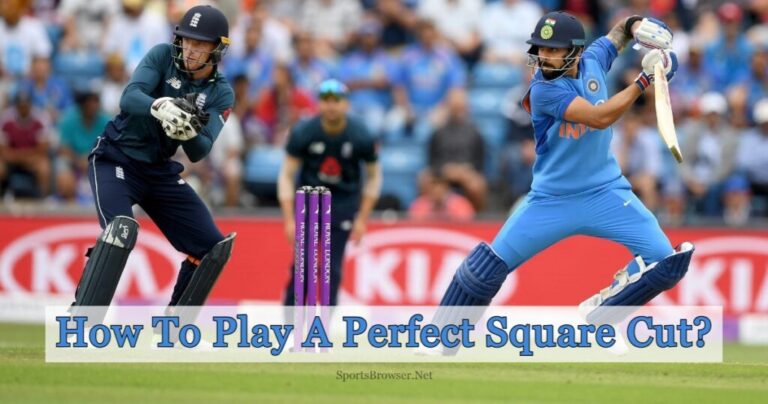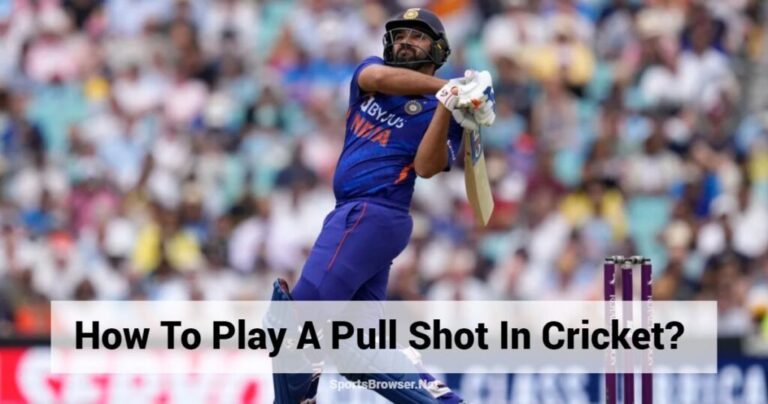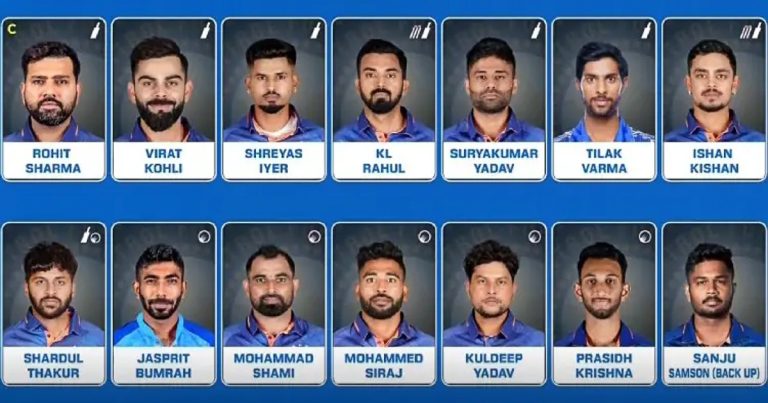Popping Crease in Cricket: Rules For Batsmen & Bowler
Cricket, often referred to as a gentleman’s game, is a sport known for its intricate rules and terminologies. One such term, the “popping crease,” plays a vital role in the game. In this comprehensive article, we will delve into the intricacies of the popping crease in cricket, explaining its significance, dimensions, and usage.
Understanding the Popping Crease
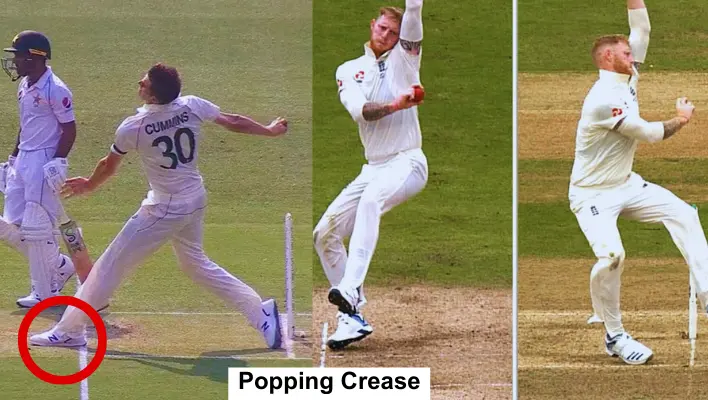
Definition and Purpose
The popping crease, a white line typically aligned with the bowling crease, spans the width of the cricket pitch. It holds significant importance as a reference point for both batsmen and bowlers in a cricket match.
Dimensions
The standard dimensions of the popping crease are as follows:
- Length: It extends 4 feet (1.22 meters) in front of the bowling crease, towards the batsman’s end.
- Width: The popping crease measures 1 inch (2.54 centimeters) in width.
Significance of the Popping Crease
The popping crease holds immense importance in cricket for the following reasons:
- Batsman’s Safe Zone: The popping crease is the region where the batsman can safely stand to face the bowler. It acts as the line of demarcation between the batsman’s area and the bowler’s approach, ensuring a fair play.
- Judging No-Balls: Bowlers are required to deliver the ball from behind the popping crease. Umpires use this line to determine whether a delivery is a no-ball, which provides the batting side with a free run.
- Run-Out Decisions: The popping crease is utilized to assess run-out decisions. Batsmen must ground their bats behind this line to avoid dismissal when running between the wickets.
Key Factors Impacting the Popping Crease in Cricket
Batsman’s Safety: The popping crease marks the safe zone for the batsman. It is the line that the batsman needs to stay behind to avoid being dismissed. This factor underscores its importance in the game, as a misstep could result in an “out” decision.
Bowling Strategy: The position of the popping crease also affects the bowler’s strategy. It determines the distance at which the bowler delivers the ball, aiming to either target the stumps or entice the batsman into a shot. The trade-off between accuracy and aggression is a constant consideration.
Fielding and Stumping: Fielding teams rely on the popping crease to execute run-outs and stumpings. Quick fielders use this line as a reference point, and wicket keepers anticipate opportunities to dislodge the bails when the batsman crosses it. See Also: Umpire vs. Referee
Proper Usage of the Popping Crease
For Batsmen
- Safe Zone: To avoid dismissal when the wicketkeeper removes the bails, batsmen must stay within the crease
- Running: They utilize the popping crease to make quick runs between the wickets, ensuring they are safely inside the crease when dislodging the bails.
- Balance: Good batsmen maintain their balance while popping in and out of the crease to respond to bowlers effectively.
For Bowlers
- No-Ball Check: Bowlers need to ensure that their front foot lands behind the popping crease; failing to do so results in a no-ball, awarding the batting side an extra run.
- Dismissal Opportunity: The popping crease can be the key to a run-out or stumping. Quick reactions and accurate throws from the fielders can lead to a batsman being out of the crease and dismissed.
Proper Usage of the Popping Crease
For Batsmen
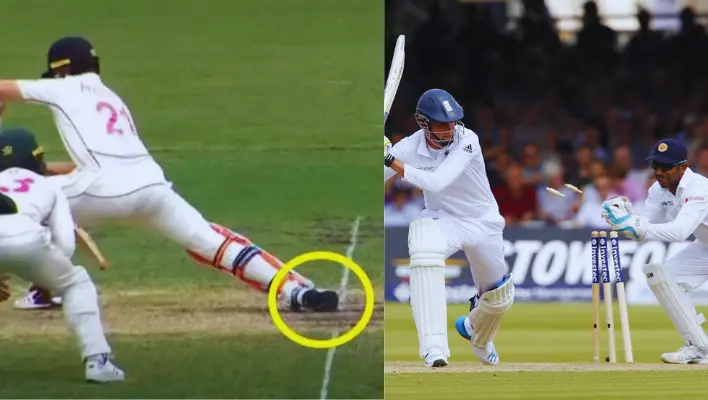
3. Balance: Good batsmen maintain their balance while popping in and out of the crease to respond to bowlers effectively. See Also: Most Double Centuries in Test Cricket
- Safe Zone: Batsmen must stay within the crease to avoid being dismissed when the wicketkeeper removes the bails.
- Running: They use the popping crease to make quick runs between the wickets, ensuring they are safely inside the crease when the bails are dislodged.
For Bowlers
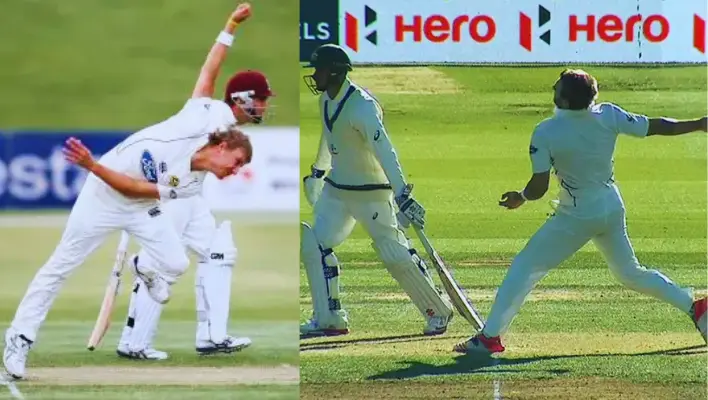
- No-Ball Check: Bowlers need to ensure that their front foot lands behind the popping crease; failing to do so results in a no-ball, awarding the batting side an extra run.
Dismissal Opportunity: The popping crease can be the key to a run-out or stumping. Quick reactions and accurate throws from the fielders can lead to a batsman being out of the crease and dismissed.
Popping Crease In Cricket Rules
The popping crease in cricket rules is a critical component that ensures the game’s fairness. This line, located at a safe distance from the stumps, serves as a boundary that batsmen must respect. When the batsman’s foot crosses this crease, they are considered “in.” However, stepping out can also make them vulnerable to run-outs and stumping.
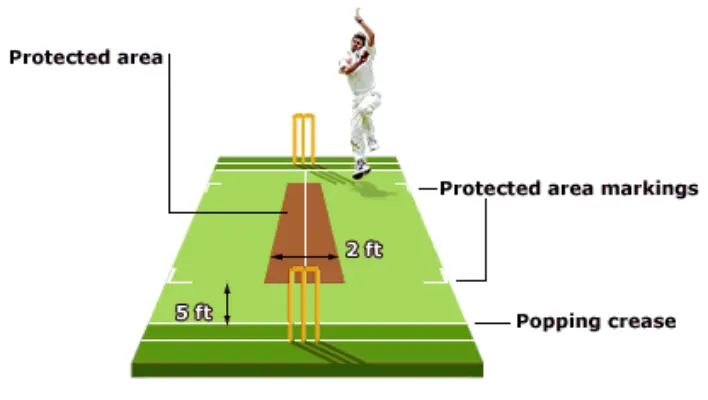
Bowlers use the popping crease as a reference point for their deliveries, aiming for precision while keeping an eye on batsmen’s movements. Fielders and wicket keepers rely on it for executing run-outs and stumpings.
With the increasing role of technology in officiating, it has become crucial to ensure that a batsman grounds their foot behind the popping crease when breaking the stumps. The popping crease, often unnoticed by casual observers, stands as a linchpin of cricket strategy and outcome.
Cricket Crease Length In Feet
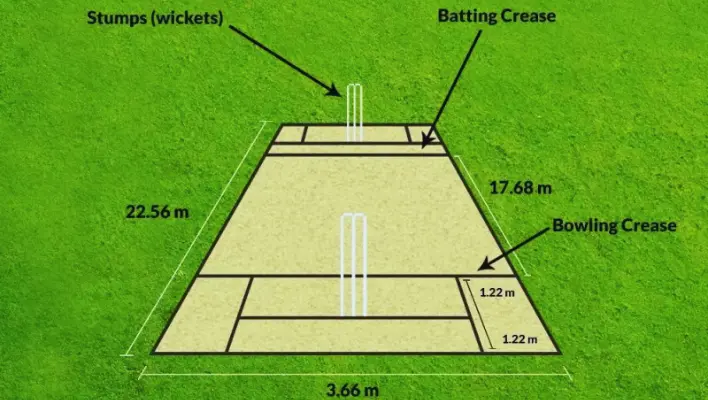
In cricket, the crease length is a fundamental dimension, each one measuring 8 feet 8 inches or 2.64 meters. These lines are essential, serving as safe zones for batsmen and reference points for bowlers. The popping crease, located 4 feet in front of the stumps, is pivotal in deciding if a batsman is “in” or “out.
” Meanwhile, the bowling crease, from where bowlers deliver the ball, is set 22 yards away from the batsman’s stumps. This standardized length guarantees fairness and consistency in the game, from international matches to local cricket, ensuring the sport’s integrity while enhancing precision and strategy in every play. See Also: Highest Score in Test Cricket
Distance Between Popping Crease And Bowling Crease
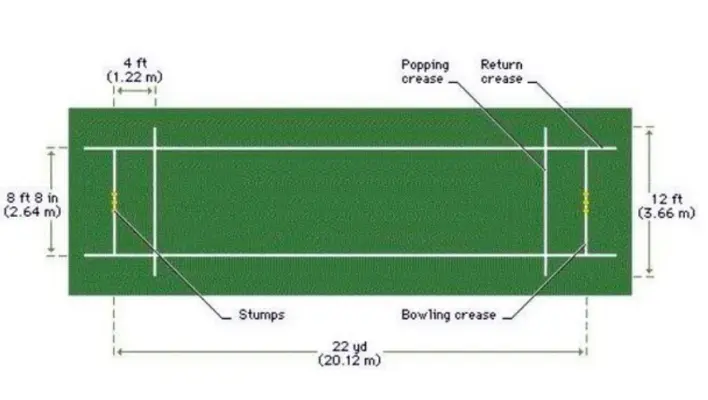
In cricket, the space between the popping crease and the bowling crease holds great importance.
This distance measures exactly 4 feet or 1.22 meters. It serves as a significant boundary that batsmen must stay within to prevent stumping or run-out dismissals.
Furthermore, it’s from the bowling crease that bowlers launch the ball, determining its trajectory and strategic impact. This balance of precision and aggression within this set distance is a fundamental aspect of the game, shaping match outcomes and the contest between batsmen and bowlers.
FAQs
It’s called the popping crease because batsmen “pop” in and out of it when running between the stumps.
No, as long as a batsman’s foot is within the popping crease, they are safe from being run out.
Yes, the popping crease can result in a no-ball in cricket. In order to bowl a legal delivery, the bowler must ensure that some part of their front foot is positioned behind the popping crease.
If a batsman steps on or over the popping crease while playing a shot, and the wicketkeeper successfully stumps or dislodges the bails, the batsman is considered out.
The popping crease is situated ahead of the bowling crease. The popping crease is used for determining run-outs and no-balls, while the bowling crease is used to measure the legal delivery of the ball.

